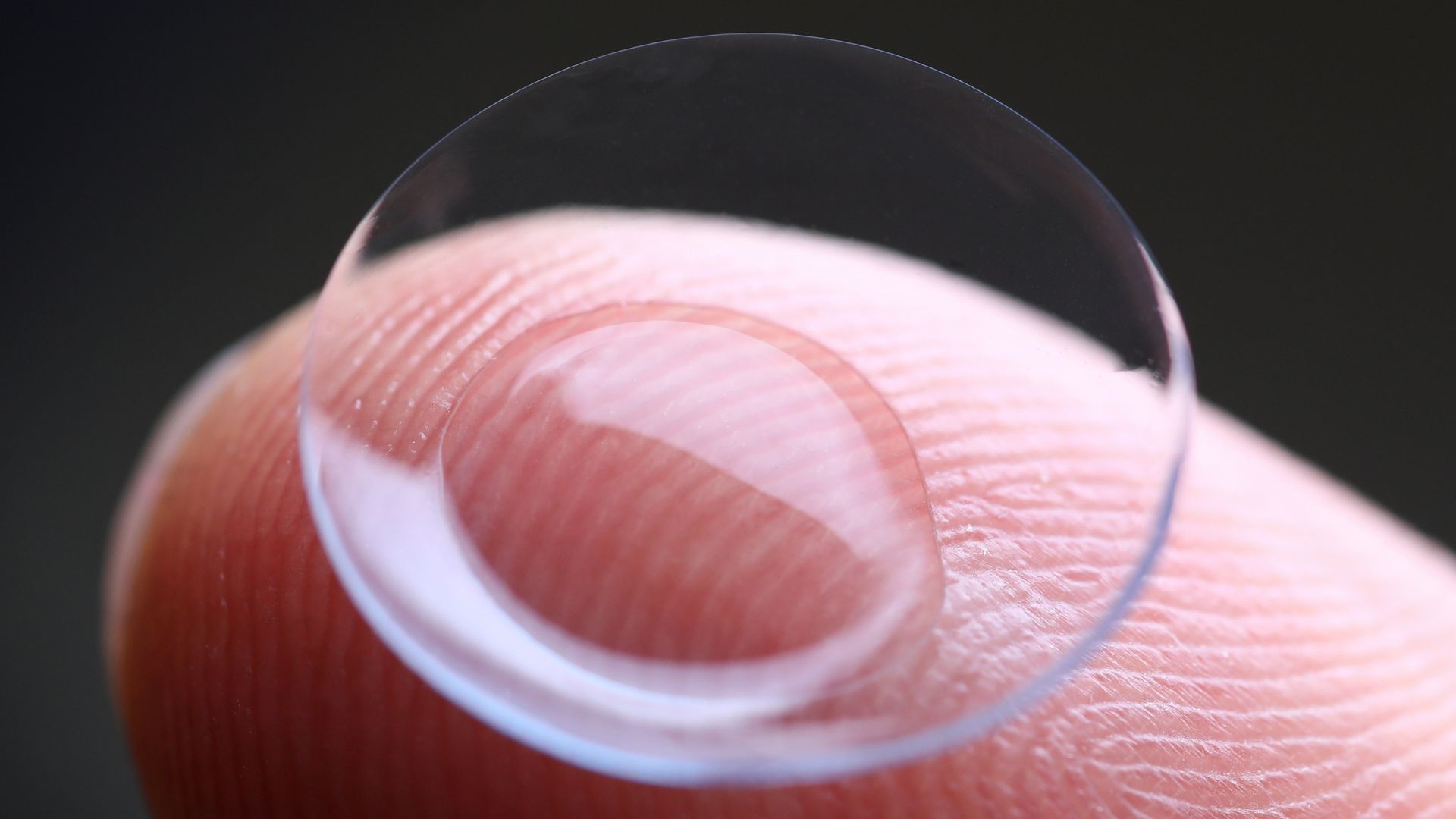Prescription contact lenses are regulated as Class II or Class III medical devices by the FDA due to their direct interaction with the eye. They require strict compliance to ensure safety, sterility & effectiveness before entering the US market.
Manufacturers, distributors & importers must meet FDA requirements to avoid product detentions, Import Alerts, fines & enforcement actions. Non-compliance can delay market entry & damage brand reputation.
How the FDA Classifies Prescription Contact Lenses
- Class II (Moderate Risk, Requires 510(k) Clearance): Most soft, rigid gas permeable (RGP) & hybrid contact lenses fall under this category. They require 510(k) clearance to prove substantial equivalence to an FDA-approved predicate device.
- Class III (High Risk, Requires PMA): Specialty lenses with drug-infused coatings, scleral lenses for keratoconus, or therapeutic lenses require Premarket Approval (PMA) with clinical testing.
- Custom-Made Contact Lenses: These require FDA registration & may follow a custom compliance pathway based on use.
Key FDA Compliance Requirements for Prescription Contact Lenses
To legally market prescription contact lenses in the US, manufacturers must:
- Register the Establishment: Annually with the FDA.
- List the Device: Every lens type must be listed in the FDA’s database.
- Submit 510(k) or PMA: Standard lenses require 510(k); specialty lenses require PMA.
- Comply with UDI Requirements: Include Unique Device Identifiers for tracking & recall.
- Conduct Sterility & Biocompatibility Testing: Must meet ISO 10993 standards.
- Ensure Labeling & Advertising Compliance: Claims must be accurate & FDA-compliant.
- Prevent Import Alerts: Verify compliance prior to shipping to avoid detentions.
Common Compliance Challenges & Solutions
Case Study: 510(k) Rejection Due to Incomplete Biocompatibility Testing
A manufacturer submitted a 510(k) for a new soft lens but omitted key test data. The FDA required:
- Additional cytotoxicity & irritation testing.
- A revised 510(k) submission.
- A six-month market entry delay.
Solution: Complete all required testing before submitting.
Case Study: Import Detention for Missing UDI Labels
A foreign manufacturer imported lenses without UDI labeling. They had to:
- Redesign packaging to include UDIs.
- Update their Medical Device Listings.
- Consult regulatory specialists to release shipments.
Solution: UDI compliance must be verified before import.
Regulatory Considerations for Contact Lens Manufacturers
- FDA User Fees: Annual fees apply; Small Business Assistance may be available.
- Import Alerts: Repeated violations can block market access.
- Certificate to Foreign Government (CFG): Often required for exports.
- Health Canada Licensing: May require an MDEL for Canadian expansion.
How to Avoid FDA Compliance Pitfalls
- Classify Your Device Properly – Know if your lens requires 510(k) or PMA.
- Complete All Testing – Include sterility, biocompatibility & performance testing.
- Ensure UDI Labeling – Apply Unique Device Identifiers to all packages.
- Maintain Labeling Accuracy – Avoid unverified health claims.
- Work with Regulatory Experts – Partnering with professionals helps prevent costly delays.
Bringing Clear Vision to the US Market
Prescription contact lenses require full FDA compliance—from classification & testing to UDI & marketing regulations. Manufacturers who meet these obligations protect their brand, reduce delays & gain access to one of the largest vision care markets in the world.
Registrar Corp helps contact lens manufacturers navigate FDA regulations, ensure compliance & accelerate product launches.








